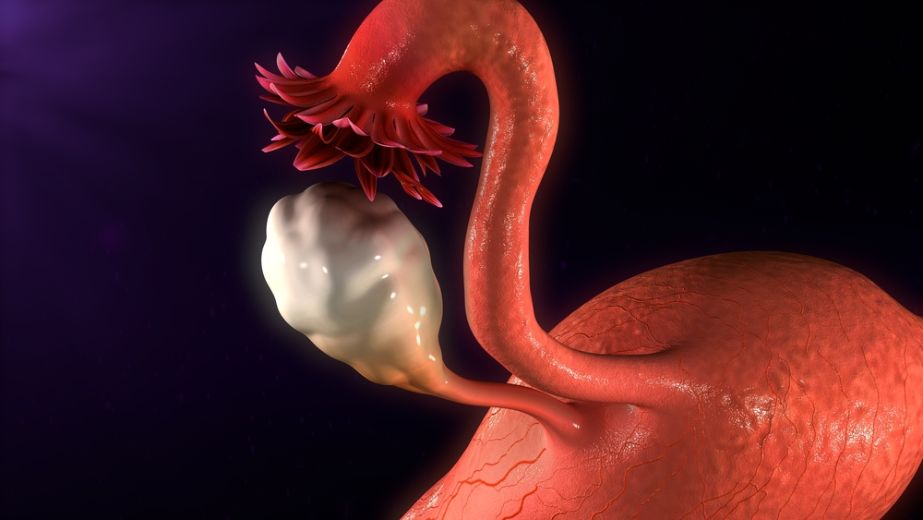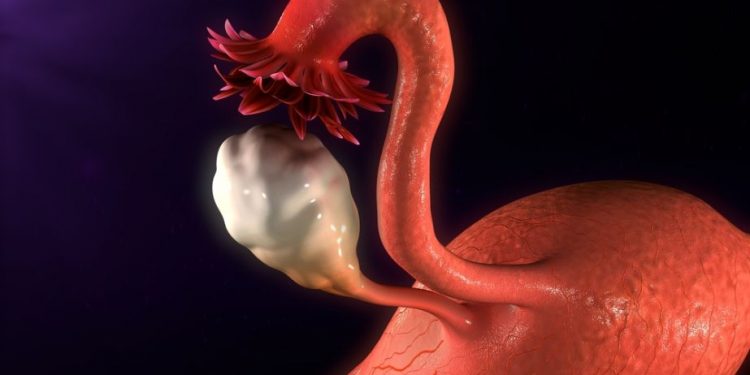Uterine fibroids are noncancerous tumors that develop from the muscular layer of the uterus (myometrium). They form inside or outside the lining of the uterus and can vary in size from a pea to a grapefruit. These growths are not dangerous, and many women have them without experiencing any symptoms. But some do experience heavy bleeding during their menstrual periods, pelvic pain, or even a protruding abdomen that can cause problems such as constipation. The type and severity of your symptoms will depend on the location and size of the fibroids, as well as how many you have.
Intramural fibroids are the most common types of fibroid and grow between the muscles of the uterus wall. They are also called leiomyomas and can be asymptomatic, meaning they don’t cause any symptoms. However, large intramural fibroids can cause symptoms that include a long, heavy menstrual period and the loss of excess blood. This can lead to anemia, which can lead to fatigue and headaches. They can also cause sex problems, a feeling of abdominal pressure or bloating, and may affect fertility.
Fibroids can be classified according to their location within the uterus, either in the myometrium (intramurous) or in the lining of the uterus (submucosal). They can also be described by their shape: some are round and bulge into the uterus, forming what is known as pedunculated fibroids; other are flat and project outward from the wall of the uterus into the abdomen, forming subserosal fibroids.

The most conservative treatment for uterine fibroids is medication to reduce their size. This can be effective if your symptoms are mild, you’re in perimenopause (when the fibroids tend to shrink on their own), or the fibroid is small enough that it will not interfere with pregnancy. Medications can include nonsteroidal anti-inflammatory medications, hormones such as birth control pills and GnRH analogues, or selective progesterone receptor modulators like ulipristal acetate, which can help with symptomatic bleeding and pelvic pain.
During a hysteroscopy, the doctor can measure the size of the fibroids and evaluate their location in your uterus. Small uterine fibroids can usually be removed through a minimally invasive procedure. But larger ones can be more difficult to remove and may affect your ability to become pregnant in the future.
Depending on their location, the type of fibroid and its growth pattern, you may have some difficulty getting pregnant or have difficulty carrying a baby to term after having a myomectomy. If you’ve had a myomectomy, you should wait until your menstrual cycle has started before trying to get pregnant again. This will give your uterus time to heal. If you are considering a myomectomy, it’s important to talk with an experienced doctor who can help you decide what the best option is for your situation. A qualified specialist, like Dr. George Bolotin at Astra Fibroid Treatment Specialists, can assess your condition and recommend the least invasive treatment for your particular situation. Call the office today to book an appointment.









